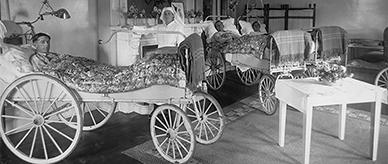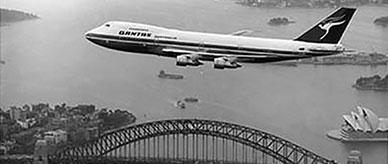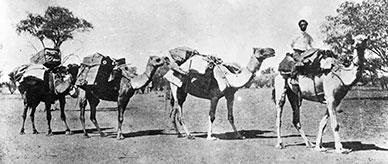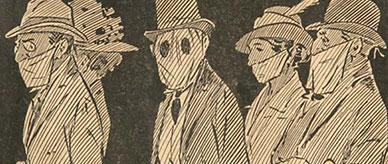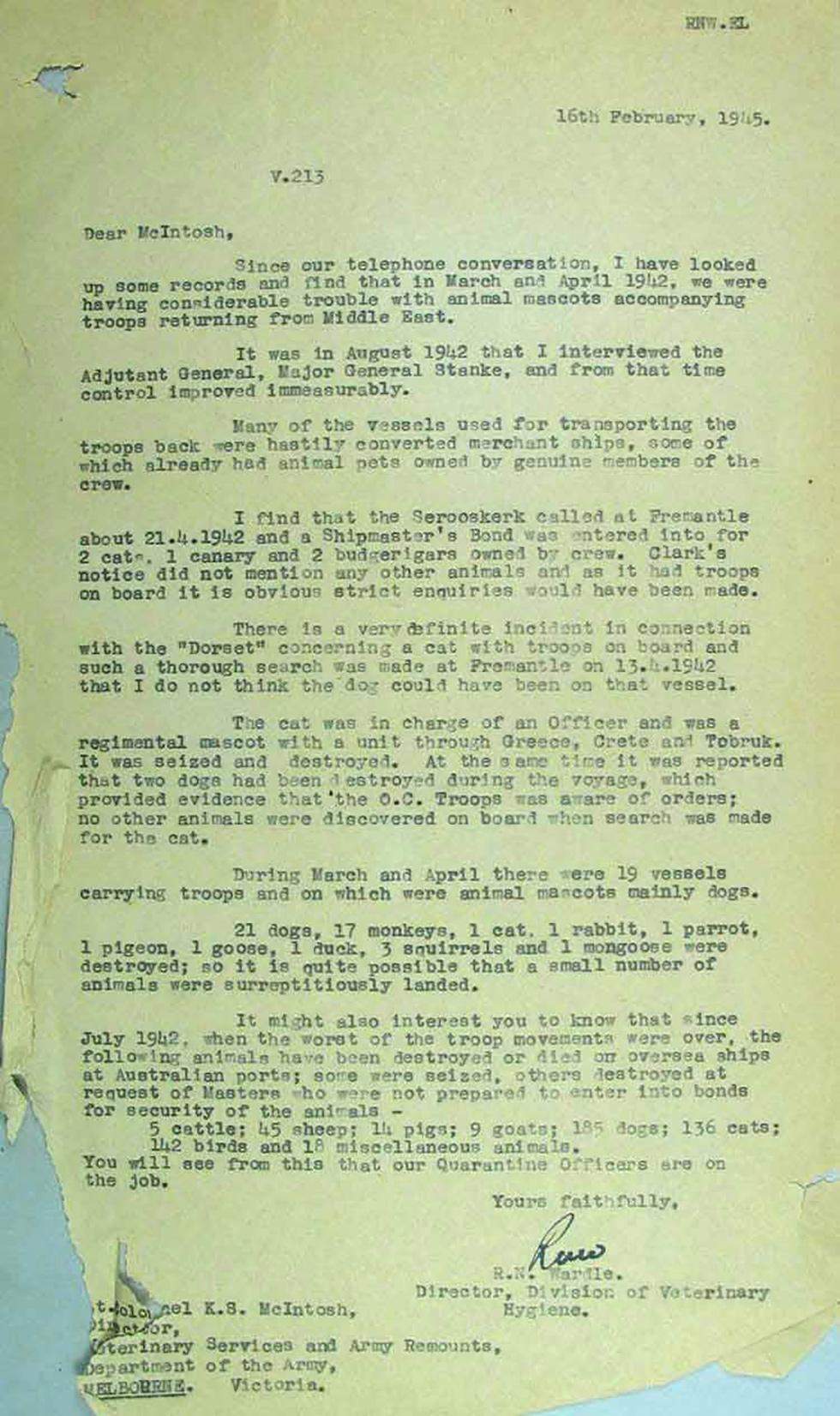


Transcript
RNW.RL
16th February, 1945.
V.213
Dear McIntosh,
Since our telephone conversation, I have looked up some records and find that in March and April 1942, we were having considerable trouble with animal mascots accompanying troops returning from Middle East.
It was in August 1942 that I interviewed the Adjutant General, Major General Stanke, and from that time control improved immeasurably.
Many of the vessels used for transporting the troops back were hastily converted merchant ships, some of which already had animal pets owned by genuine members of the crew.
I find that the Serooskerk called at Fremantle about 21.4.1942 and a Shipmaster’s Bond was entered into for 2 cats, 1 canary and 2 budgerigars owned by crew. Clark’s notice did not mention any other animals and as it had troops on board it is obvious strict enquiries would have been made.
There is a very definite incident in connection with the “Dorset” concerning a cat with troops on board and such a thorough search was made at Fremantle on 13.4.1942 that I do not think the dog could have been on that vessel.
The cat was in charge of an Officer and was a regimental mascot with a unit through Greece, Crete and Tobruk. It was seized and destroyed. At the same time it was reported that two dogs had been destroyed during the voyage, which provided evidence that the O.C. Troops was aware of orders; no other animals were discovered on board when search was made for the cat.
During March and April there were 19 vessels carrying troops and on which were animal mascots mainly dogs.
21 dogs, 17 monkeys, 1 cat, 1 rabbit, 1 parrot, 1 pigeon, 1 goose, 1 duck, 3 squirrels and 1 mongoose were destroyed; so it is quite possible that a small number of animals were surreptitiously landed.
It might also interest you to know that since July 1942, when the worst of the troop movements were over, the following animals have been destroyed or died on oversea ships at Australian ports; some were seized, others destroyed at request of Masters who were not prepared to enter into bonds for security of the animals –
5 cattle; 45 sheep; 14 pigs; 9 goats; 185 dogs; 136 cats; 142 birds and 18 miscellaneous animals.
You will see from this that our Quarantine Officers are on the job.
Yours faithfully,
[Handwritten initials:] RNW
R.N. Wardle.
Director, Division of Veterinary Hygiene.
[Illegible – damaged page.] Colonel K.S. McIntosh,
Director,
Veterinary Services and Army Remounts,
Department of the Army,
MELBOURNE. [underlined] Victoria.
About this record
This is a memo to the Director, Veterinary Services and Army Remounts.
Related themes
Need help with your research?
Learn how to interpret primary sources, use our collection and more.

